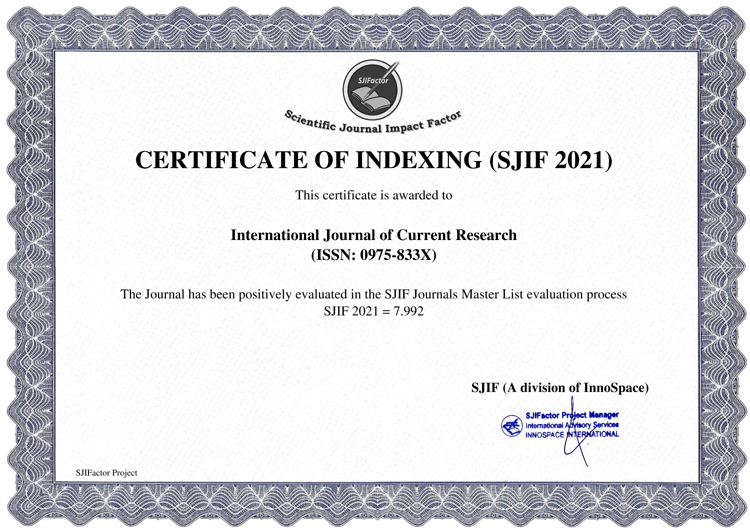Overview and Background: Cyberchondria, characterized by excessive online health-related searches leading to heightened anxiety, has been increasingly recognized as a clinically relevant phenomenon. Although not formally classified, it shares symptomatic overlap with multiple psychiatric conditions, including anxiety disorders, obsessive-compulsive disorder, and personality disorders. This case report presents a 12-year-old female patient exhibiting compulsive health information seeking, intrusive thoughts, emotional dysregulation, and mood instability, culminating in a diagnosis of Borderline Personality Disorder (BPD) alongside ADHD, OCD, GAD, and social anxiety disorder. This study delves into previously unexplored territory, although BPD has not been indicated to have a direct association with cyberchondria, there are overwhelming indirect connections and personality traits that contribute to the occurrence and severity of cyberchondria such as neuroticism, suicidal ideation, internet addiction, reassurance seeking, and psychological insecurity. Hypothesis: Cyberchondriac activity worsens symptomatology and the intensity of anxiety and BPD. Methodology: Searches for scientific literature were conducted on PubMed and Google Scholar using the following keywords: Cyberchondria, adolescent, anxiety, BPD, borderline personality disorder, generalized anxiety, obsessive-compulsive disorder, internet addiction, social media addiction, comorbidity. A case study was provided by a senior doctor. After the case study was completed, the printed documents were shredded. No literature preference was given. Results/Conclusions: Findings suggest that cyberchondriac behaviors may magnify emotional and cognitive vulnerabilities, contributing to the emergence or intensification of BPD symptomatology. Numerous symptoms related to cyberchondriac behavior or exacerbation of cyberchondriac activity overlap with BPD symptomology with significant chances of comorbidity.





